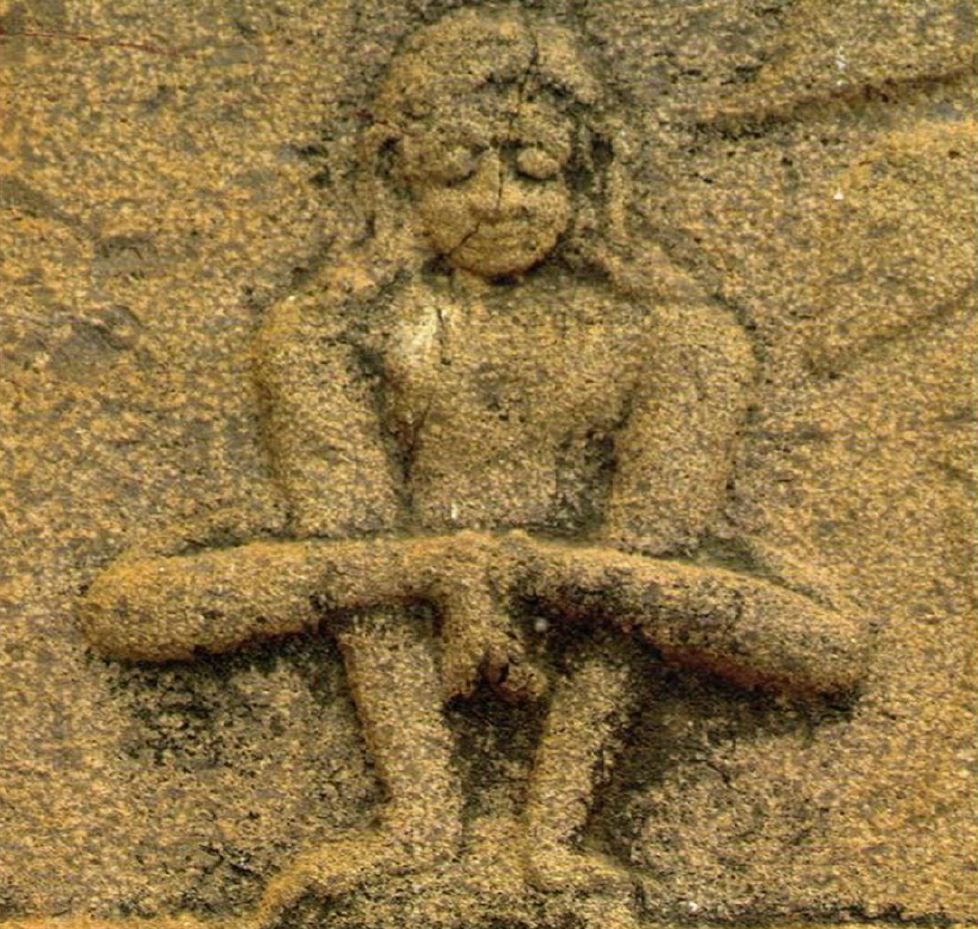

Pātañjalayoga: A Lifestyle Framework for Trauma Resiliency - Click here to read
In this article, I propose that a practice of Ashtanga Yoga as detailed in the Pātañjalayogaśāstra is a powerful method of self-regulation, self-exploration, and resiliency for people experiencing stress disorders and detail how the practice provides a lifestyle framework that can serve as an anchor and a meaning-making system. Yoga Darshana – an integrative philosophical and practical system with the end-goal of reaching the highest states of self-realization – intends to still the fluctuations of the mind in order to see things as they really are. A holistic approach to mental/emotional stability, social and interpersonal integration via a system of ethics, cognitive/behavioral discipline, as well as to physical health is necessary.

How Yoga can help with stress and trauma resiliency - Click here to read
The unfortunate reality of our current circumstances as human beings is that the likelihood of experiencing a traumatic situation – war, violence, childhood abuse, sexual abuse, psychological abuse, assault, or various other negative experiences – is quite high. Depending on location, socioeconomic status, gender, and culture the likelihood of traumatic experience can be much greater. For women, the likelihood is generally double that of men. The aftermath of traumatic experience varies as much as the experiences themselves, but resiliency hinges on many factors including social support, the initial strength and perspective of the individual, the type of event trauma, learned coping mechanisms, and whether or not the trauma was continuous.

11.32 Sauca Santosa Tapah Svadhyaya Isvarapranidhanani Niyamah – Click here to read
The Niyamas are the inner observances and disciplines that a Yogi must practice in order to maintain a good relationship with him or herself. The first observance is Saucha, purity of mind, body, and living space. Cleanliness and purity are a matter of self-respect. A Yogi must remain healthy, and this requires exceptional personal hygiene. There are bodily cleansing practices called Kriyas or Shat Karmas that serve to remove toxins and impurities from the body. Cleansing of the bowels, the sinuses, the mouth/teeth/tongue, the ears, the eyes, and the stomach is done frequently. The six main kriyas include neti, dhauti, nauli, basti, tratakam, and kapalabhati. These are methods by which the Yogi may clean the sinuses, the respiratory system, the orifices, the eyes, and the organs. This article will detail the methods.

Small Differences Between Classical and Neo Tantra – Click here to read
The words Tantra and Chakra (Cākra) evoke some fairly strong presuppositions, not all of which are well-informed. The most important thing to realize about these words is that there is one definition in the Sanskrit etymology as related to classical Eastern belief systems, and then there is another modern Western definition and usage that means something fairly different. Commonly, the historical Indian-origin Tantra is now referred to as Classical Tantra, and the more modern New Age version is referred to as Neo-Tantra, and it is important to differentiate the two. Classical Tantra “identifies the peak period of the Tantrik movement (800-1100 CE) and distinguishes [it] from the later Hindu Tantra and haṭha-yoga traditions (both 1100-1800), and also from modern American neo-Tantra (started around 1905 by Pierre Bernard)” (Wallis, 2015).

Yoga as a Spiritual Path – Click here to read
Defining spirituality is a tricky business. There really isn’t one steady image of what spirituality is that one can frame and hang neatly on the wall, as it fluctuates and redefines itself through the minds and hearts of different practices, different people, different cultures, different religions, and different intentions. It is a highly subjective matter, and therefore wears all the many masks of individual personal definitions and perspectives. There are many different ways by which a yogi may make his or her way towards the end goal of complete oneness with the Divine. Although the end goal of all the paths of Yoga are the same, each one accounts for different characteristics within the individual yogi and therefore the yogi has to choose which is in better alignment for him or herself.
